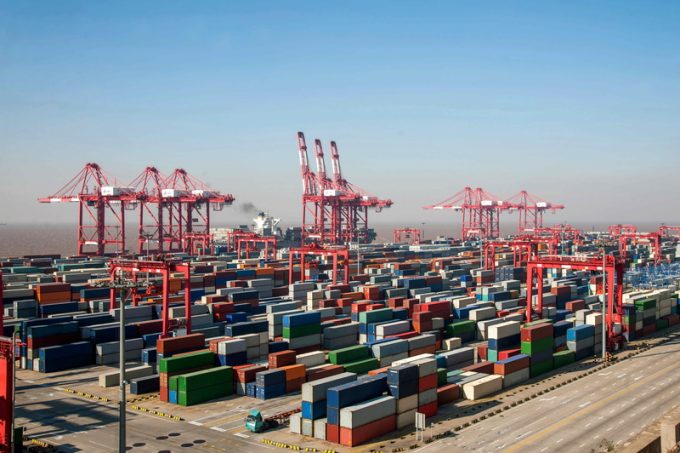Good start for Gemini, liner schedule reliability data reveals
New data from liner analysts at Sea-Intelligence Consulting has confirmed early schedule reliability figures for ...

As container spot rates on the Asia-North Europe trade continue to slide, CMA CGM has announced a reduction in FAK rates.
Next month, the French carrier will charge $850 per 20ft and $1,600 per 40ft from $900 and $1,700, and other carriers are expected to follow as they scramble to fill ships.
With demand remaining weak post-Chinese new year, several forwarders have told The Loadstar they have been offered rate discounts in the past two weeks to switch carrier.
UK-based NVOCC Westbound Logistics has suggested carriers are aggressively ...
'It’s healthy competition' Maersk tells forwarders bidding for same business
Semiconductors could compensate for air freight's lost ecommerce traffic
Transpacific sees first major MSC blanks as rates fall and volumes falter
'Weakened' Maersk paying a heavy price for its lack of fleet growth
US shippers slam USTR port fee plan – 'an apocalypse for trade'
Opposition builds for final hearing on US plan to tax Chinese box ship calls
Despite sourcing shifts, 'don't write-off China', says CMA CGM CCO

Comment on this article
Zuidwijk
April 15, 2018 at 11:58 pmThis is a comment on the article of carriers, fighting for marketshare in Far East-Europe trades. Possibly other readers of that article have noticed that, (as always), the SCF-index shows that the highest rates from China, are those to the East Coast of South America (E.C.S.A.). These are the highest rates in the world. And possibly these are the only lucrative rates, which should be a “normal fact” if all things would be normal. But that has been absent in shipping since August 2008, which has cost maritime carriers billions of dollars, in a great part due to their own fault. What I never have read, is how carriers could draw this hat-trick in the East Coast of S.America-trade alone. These carriers are the same megacarriers of the Asia-Europe trades. The explanation of course is, that they all should have done what the carriers to S.America did in the first months of 2015, when little by little they withdrew capacity, which resulted in April 2015 in a total withdrawal of 45 % and rates went sky-high, reaching US$ 3.500,– per box some months later.
Drewry published in 2017, that this was an example for all carriers, but then these should have done this all together, like they did in November 2009, when 10 to 11% of the total container-fleet was idle. But my question is, why did carriers chose the E.C.S.A. trade and no other one. I also wonder why in many programs of Tunnels under the Andes Mountains, (that enormous hurdle for the connection between the east- and west-part of S.A.) , promoters always declare that container-lines from the West Coast of South America offer advantages over E.C.S.A. FOR EXPORTS OF ARGENTINA TO ASIA. Since 1998 you can daily read that Chilean ports declare that Valparaiso is 2.400 nautical miles closer to “ASIA-PACIFICO” than the Port of Buenos Aires, as if “ASIA-PACIFICO” were one fixed point and the earth would not be a globe. China offers the best finance for many projects, one of which will start soon. (It is the project of the Tunnel of “Agua Negra”, between Chile and Argentina in the so-called “Bioceanic Corredor” between the ports of “Porto Alegre” in Brazil and “Coquimbo” in Chile. And in many Chinese charts, you can only see the maritime connection between the whole of South America, from the est Coast of S.America, as if there were no lines to China from the East Coast, which is blatantly confusing. This is my comment.